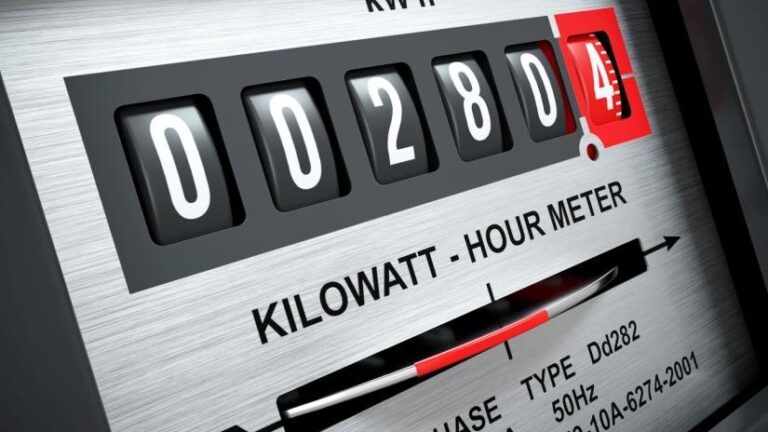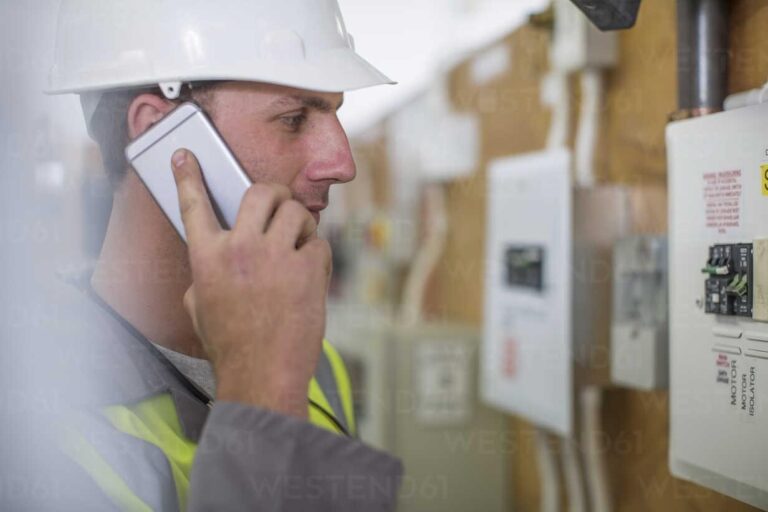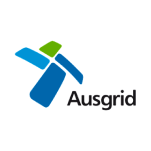As Australia’s energy needs continue to rise, the infrastructure supporting electricity transmission must keep pace. A key component of this infrastructure is power lines, which are crucial for delivering electricity from generation sources to homes, businesses, and industries. Upgrading power lines is essential for improving capacity, ensuring reliability, and meeting the growing demand for power. By enhancing these lines, electricians and utility companies can provide more efficient energy distribution and reduce the risk of power outages.
Upgrading power lines involves replacing older, less efficient lines with modern materials and technologies capable of handling increased loads. The traditional grid was designed for lower energy consumption, but today’s reliance on electrical devices, renewable energy, and electric vehicles has far exceeded the capacity of outdated systems. This demand places tremendous pressure on existing power lines, making upgrades a vital step towards ensuring the security and sustainability of Australia’s energy future.
How Power Line Upgrades Boost Capacity
The main goal of upgrading power lines is to increase their capacity to carry more electricity over long distances without compromising reliability. This can be achieved in several ways, including the replacement of outdated conductors with higher-capacity ones and the integration of smart technologies.
Modern conductors, such as high-temperature low-sag (HTLS) wires, are specifically designed to handle greater electrical loads. These wires are made from advanced materials like composite cores or special alloys, which can operate at higher temperatures without expanding excessively, reducing the risk of sagging or overheating. By using these more advanced conductors, upgraded power lines can safely transmit larger amounts of electricity, helping to prevent overloading.
Additionally, integrating smart grid technologies into upgraded power lines can greatly improve capacity management. Smart grids use real-time data and monitoring systems to balance supply and demand, detect faults, and optimise energy flow. This helps prevent bottlenecks in the network and allows for a more efficient distribution of electricity, particularly in areas where renewable energy sources like solar and wind are becoming more prevalent.
Benefits of Upgrading Power Lines
Improving the capacity of power lines brings a wide range of benefits. For one, it enhances the overall reliability of the electrical grid. As Australia transitions towards renewable energy and electric vehicles, the demand for electricity is expected to continue rising. By upgrading power lines, the system will be better equipped to handle fluctuations in supply and demand, reducing the likelihood of power outages during peak periods.
Another key benefit is the reduction in energy losses. As electricity travels through power lines, some of it is lost as heat due to resistance in the wires. Upgrading to higher-capacity, low-loss conductors can minimise these losses, making the transmission of electricity more efficient. This leads to lower operational costs and helps keep energy prices more stable for consumers.
Furthermore, upgrades to power lines can accommodate the growing integration of renewable energy into the grid. Many renewable energy sources, such as solar and wind farms, are located in remote areas. To harness their full potential, the existing grid must be capable of transmitting this energy over long distances without significant losses. By improving the capacity of power lines, more renewable energy can be effectively integrated into the national grid, supporting Australia’s transition to a more sustainable energy future

















